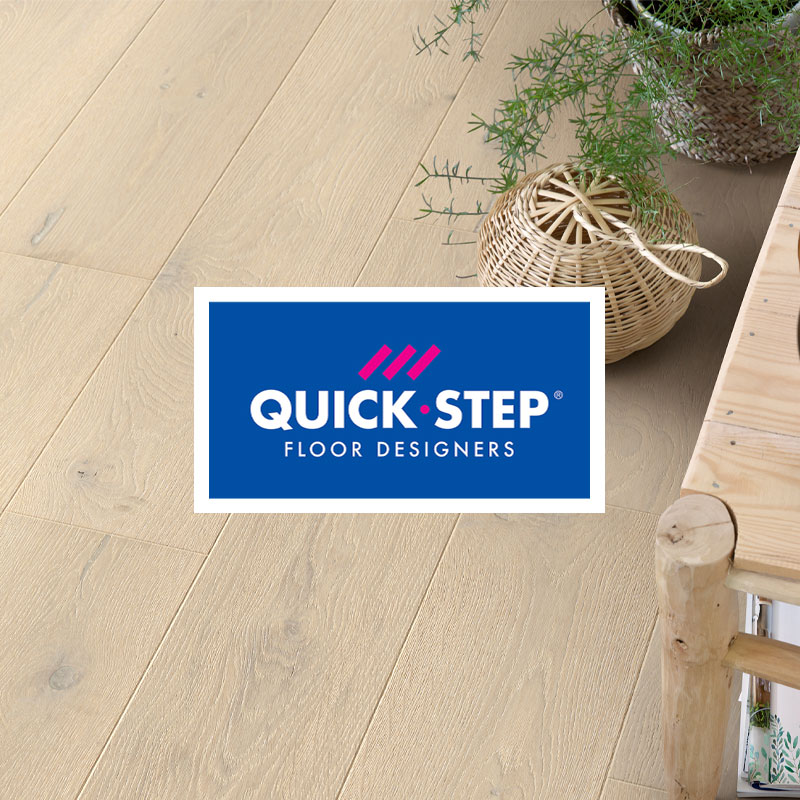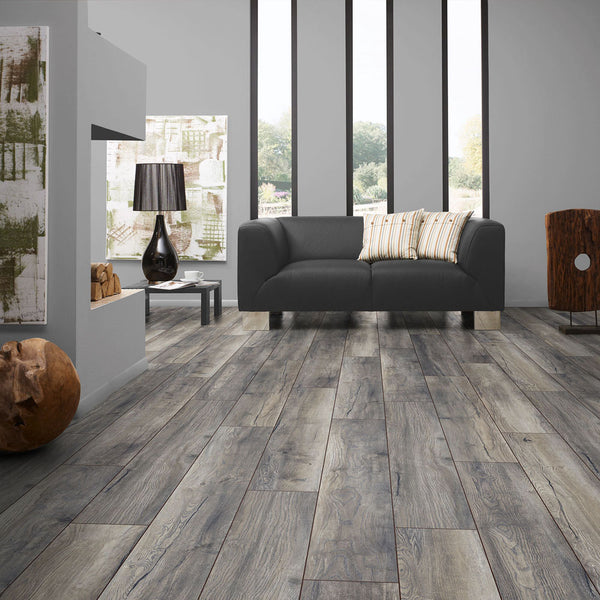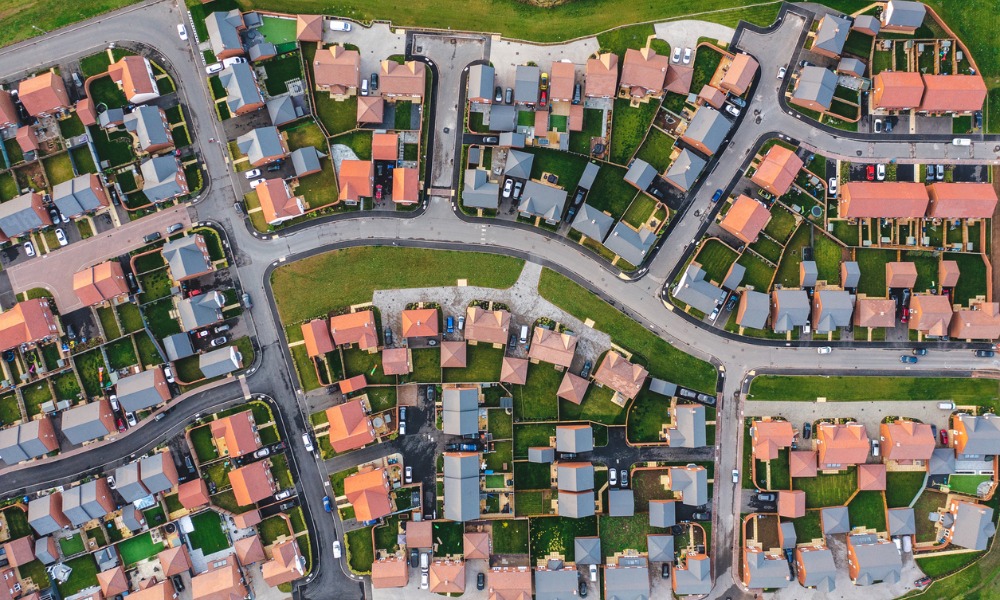Seamless Transitions: Elevating Design Harmony from Floors to Walls
Harmonizing Aesthetics Across Surfaces
Creating a cohesive and harmonious living space involves more than just selecting beautiful flooring and wall materials; it’s about achieving a seamless transition between the two. The interplay of floors to walls design is a nuanced art that brings balance and unity to your home, transcending the conventional boundaries of interior aesthetics.
Material Fusion: From Ground to Vertical Surfaces
One of the key elements in the floors to walls design concept is the fusion of materials. The transition from flooring to walls becomes an opportunity to introduce visual continuity. Whether it’s the warmth of wood, the sleekness of tiles, or the textured allure of stone, extending these materials vertically fosters a sense of flow and interconnectedness throughout the room.
Color Palette Synchronization
An effective floors to walls design strategy involves synchronization of color palettes between these two essential elements. Coordinating colors not only visually connects the space but also amplifies the overall aesthetic impact. From subtle neutrals to bold contrasts, a well-thought-out color scheme ensures a harmonious visual journey from the ground up.
Pattern Play: Unifying Design Elements
Patterns play a pivotal role in unifying the design elements of floors and walls. Whether through the continuation of a specific tile pattern or the introduction of complementary motifs, thoughtful use of patterns fosters a sense of rhythm and coherence. It’s an invitation for the eyes to effortlessly travel from the floor to the walls, creating a visually pleasing and cohesive atmosphere.
Scale and Proportion: Creating Visual Balance
Maintaining a sense of scale and proportion is crucial in achieving design harmony from floors to walls. A balanced distribution of visual weight ensures that neither the floor nor the walls dominate the space. This equilibrium allows for a seamless transition that feels natural and pleasing to the eye.
Texture Integration: Tactile Elegance
Beyond visual appeal, floors to walls design encompasses tactile elegance through texture integration. Consistency or intentional contrast in textures between the floor and walls adds depth to the design. From smooth surfaces to textured finishes, the tactile experience becomes an integral part of the overall aesthetic narrative.
Architectural Elements: Framing the Transition
Incorporating architectural elements that frame the transition from floors to walls adds a touch of sophistication. Baseboards, moldings, or other architectural details serve as visual delineators, subtly guiding the eye and creating a defined transition point. These elements contribute to the overall polished look of a well-designed space.
Functional Considerations: Practicality in Design
While focusing on the aesthetic aspects, floors to walls design also takes into account practicality. Selecting materials that are suitable for both horizontal and vertical surfaces ensures not only a harmonious appearance but also longevity and ease of maintenance. It’s a holistic approach that considers both form and function.
CastleManager.net: Elevating Your Design Vision
Embark on a journey to elevate your floors to walls design with the expertise offered at CastleManager.net. This platform serves as a gateway to a curated selection of professionals dedicated to transforming your vision into a reality. Explore the possibilities and turn the transition from floors to walls into a seamless expression of design harmony in your home.
Bridging the Divide: Designing with Continuity
In the realm of interior design, bridging the divide between floors and walls is not just about creating a visual connection; it’s about designing with continuity. A harmonious transition from the ground to vertical surfaces transforms a space into a unified, well-curated environment where every element plays a part in the symphony of design.












